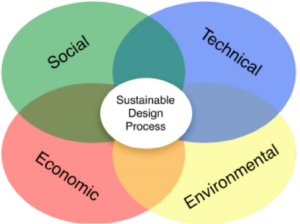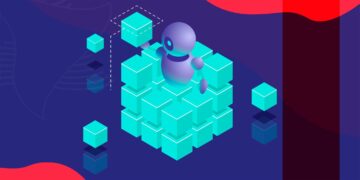Table of Contents
What is sustainable integration? In the digital world, data lives in data centres, which are responsible for storing it and the other resources needed to process, manipulate, and make it available. These data centres require a significant amount of electrical energy and, as a collateral result, generate heat that has to be dissipated using different techniques. In many cases, one of the most efficient techniques is using water.
I will use an example that is perhaps more familiar these days. Did you know that ChatGPT-3 consumes the equivalent of a 500ml bottle of water for a conversation with 20 to 50 interventions? This need drives providers of these services to look for more sustainable solutions to reduce energy consumption and water consumption, which includes recycling and reusing wastewater for cooling their data centres.
Companies can implement other measures to improve sustainability in IT and transform it into a sustainable integration. Perhaps surprising to some, one of them is an efficient systems integration strategy.
01
of 03
1. Sustainable Integration

Another way for organizations to actively contribute is by implementing a sustainable digital transformation and sustainable integration, such as:
- Performing an environmental impact analysis of the technical solution, which includes assessing components such as energy consumption and carbon emissions.
- Use green strategies to reduce energy consumption, such as virtualization techniques and efficient hardware, whether for on-premise or cloud solutions.
- Optimize operations by promoting process reuse and reducing operational failures.
- Implement a systems integration strategy that allows the use of fewer resources, promoting the efficient reuse of functionalities and information.
Systems integration is what makes it possible to provide the digital experiences that are increasingly present in our daily lives. When we check our bank balance, make a payment, subscribe to a service, place an order, or order a meal, this one click of a button can multiply into a much larger number of interactions between the service provider systems and its partners.
Millions of people use these services daily, and at this scale, ensuring that information is shared efficiently is essential. This means there is no duplication of effort and minimizing resource usage, especially when multiple applications and systems rely on the same information.
A holistic integration plan that focuses on sustainable practices (like sustainable integration) in the design patterns, instantiation model and operation allows for reducing the energy consumption of an IT architecture, as well as improving the organisation’s efficiency.

When looked at from this perspective, it is clear that the role of the architect, the developer, the Product Owner and other participants in an IT project also influence the sustainability and environmental impact of their organizations.
02
of 03
2. The 3Rs: Rethink, Reduce and Reuse
Implementing a sustainable integration strategy is not just about applying the right technology. It is necessary to consider the business needs and the organisation’s capacity to deliver, maintain and evolve that strategy.
The first step focuses on aligning the integration needs with the company’s sustainability goals. From there, it is ensured that the project produces business benefits, such as lower costs and a lower environmental impact.
Using the architecture patterns that are best suited for the objectives also has a significant impact. As an example, an API-based approach supports software development using standard ways of communicating between systems and applications and promotes more sustainable use of resources as it enables:
- The efficient sharing of information between systems improves the quality and consistency of data between various applications.
- Reducing manual information entry work minimises the error rate and its consequences.
- The provision of reusable APIs throughout the organization to avoid duplication of integration work, which takes time, and resources.
03
of 03
3. Closing notes on Sustainable Integration
All these points actively influence waste reduction and enhance the efficient use of resources to achieve the organization’s desired value. They range from architectural decisions and development patterns to the amount of data transmitted between systems.
As a MuleSoft Mentor, my ambition is also to demonstrate the relevance of healthy and necessary discussions, such as the issue of sustainable integration and how we can draw up a plan and act.
It is indeed a matter of being aware of our decisions’ impacts, being aware of the possibilities to improve and finding the opportunity to implement them.
If you liked this content and wish to read more on MuleSoft and Salesforce, subscribe to our Knowledge Center to never miss an update.







